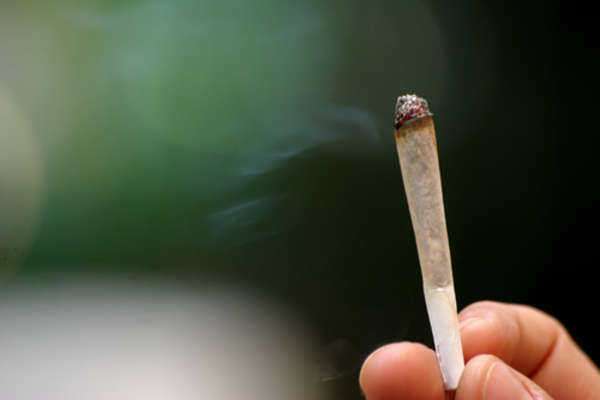
On November 20, 2012, the Centers for Disease Control and Prevention (CDC) announced that airports only allowing smoking in designated areas still have huge levels of air pollution—about five times higher than smoke-free airports. The air pollution level inside the designated smoking areas was 23 times higher than smoke-free airports.
The CDC’s study analyzed air quality data outside of designated smoking areas as well as inside designated smoking areas like restaurants, bars, and ventilated smoking rooms. Only five of the country’s largest airports allow smoking: Hartsfield-Jackson Atlanta International Airport, Washington Dulles International Airport, McCarran International Airport in Las Vegas, Denver International Airport, and Salt Lake City International Airport.
Over 110 million boardings occurred in these airports in 2011 alone—nearly 15 percent of all air travel in the U.S.—potentially exposing millions of people to secondhand smoke.
Tim McAfee, M.D., M.P.H., the director of CDC’s Office on Smoking and Health, stated: “The findings in today’s report further confirm that ventilated smoking rooms and designated smoking areas are not effective. Prohibiting smoking in all indoor areas is the only effective way to fully eliminate exposure to secondhand smoke.”
Smoking has been banned on all U.S. domestic and international commercial airline flights as federal laws were passed from 1987 to 2000. For example, § 252.3 of 14 C.F.R. (Smoking Aboard Aircraft) bans smoking on all scheduled flights. 14 C.F.R. § 252.5 bans smoking on all foreign flights entering and exiting the United States.
Secondhand smoke can cause heart disease and lung cancer in nonsmoking adults, and even brief exposure to secondhand smoke can induce a heart attack. Secondhand smoke is especially dangerous for small children because it can cause sudden infant death syndrome (SIDS), respiratory problems, ear infections, asthmas attacks, and more. No amount of secondhand smoke is safe for children or adults either. A Surgeon General’s Report in 2006 stated there is no level of secondhand smoke that is risk-free.
According to the CDC, cigarettes kill about 443,000 Americans every single year. It is estimated that secondhand smoke exposure by nonsmokers causes 46,000 deaths from heart disease and 3,400 from lung cancer each year.
Brian King, Ph.D., the co-author of the report, stated: “Instead of going entirely smoke-free, five airports continue to allow smoking in restaurants, bars or ventilated smoking rooms. However, research shows that separating smokers from nonsmokers, cleaning the air and ventilating buildings cannot fully eliminate secondhand smoke exposure.”
Source: Centers for Disease Control and Prevention


































